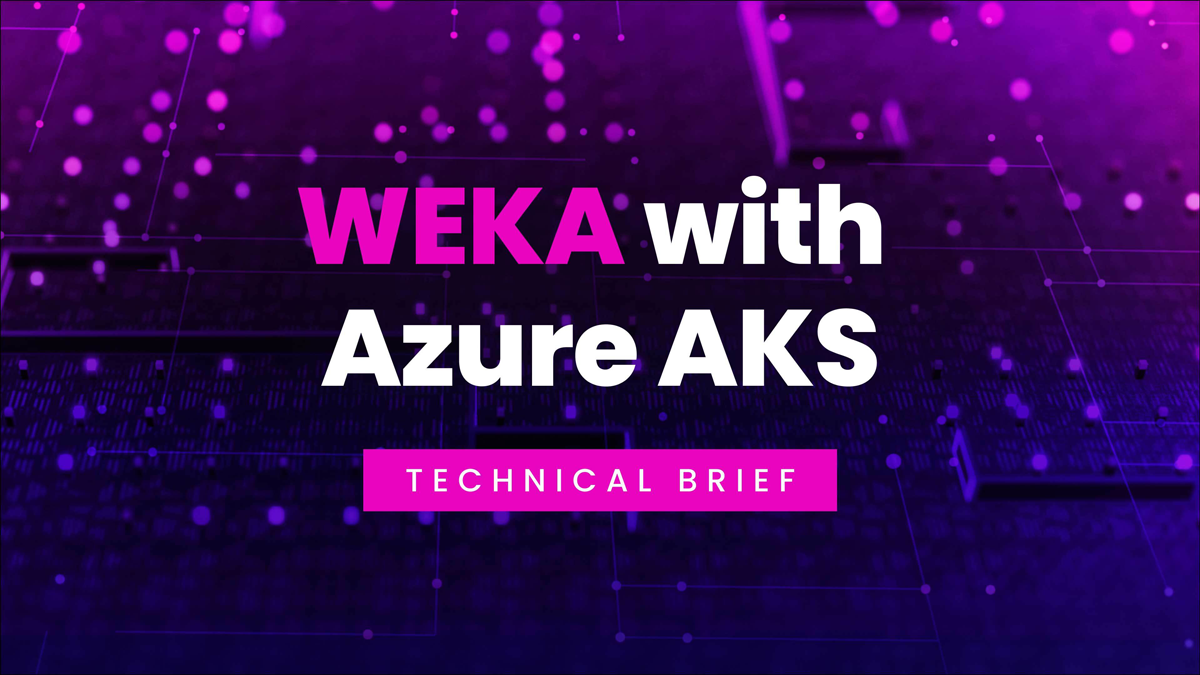What is Extract Transform Load? A Complete Explanation

What is extract transform load? ETL, which stands for extract, transform and load, is a process that combines data from multiple sources of data into a single, consistent data store.
Cloud Data Storage and Structure
Due to the complexity of cloud data storage and processing, there are equally complex pipelines of automated workflows that take information from the point of collection through its lifecycle. Data must be centralized, structured, organized, and finally stored during this process.
To support these operations reliably and predictably, data and cloud engineers use different approaches to structuring these pipelines and, in most cases, structuring how data is stored.
Two common forms of data storage in cloud environments will impact extraction and transformation processes. These are:
- Data Lakes: Data lakes are large and centralized collections of structured and unstructured data. This stopping point typically serves as a staging area, where data lands before being organized, processed, or analyzed. The strength of a data lake is that it can store massive quantities of information at scale.
- Data Warehouses: If a data lake is a pool of raw data collected and stored at scale, data warehouses are more focused locations to store cleaned and structured data for use.
Data lakes and warehouses will use different hardware infrastructures and file management systems to optimize data storage. Outside of architectural differences, data warehouses will often serve as resources to quickly draw reports and analytics. In contrast, data lakes can serve as either a landing space for raw data or a space to power dynamic data structuring and analytics.
What Is Extract Transform Load?
Regardless of where data is traveling to, an organization must have a process to ensure that it gets there exactly as it should. This process is called Extract Transform Load, or ETL.
Extract
Extraction is the process of taking data from various heterogeneous sources and moving them to a staging area (such as a data lake) in preparation for cleaning and processing. Data mustn’t be directly extracted into a data warehouse infrastructure to avoid undermining that warehouse’s data structures and the reliability of analytics conducted on them.
If data is continually pulled from remote sources such that records are being changed, then comparisons between old and new data objects can provide opportunities for optimization through partial extraction. However, if the system cannot determine changes in data in the staging area, then full extraction methods are suitable for this stage.
Transform
As the name suggests, the transformation stage is when the raw data collected in the extraction stage is processed for operational use. Transformation, however, isn’t a simple process, as many different and overlapping transformations must occur to ensure the data is ready for use.
Because many operations are happening in this stage, there is a genuine possibility of error, corruption, or data loss. As such, you’ll often find extensive error-checking, auditing, and reporting to help admins and engineers understand what’s happening and, if necessary, make corrections.
Load
Once data is transformed, it is written from the staging area to a target storage location. Often, but not exclusively, this is a data warehouse or testing database for cloud applications.
Combined, Extract Transform Load form an ETL pipeline where data can be predictably moved from collection through standing to its usable form in the cloud databases.
Is ETL the Same as Extract Load Transform (ELT)?
Another similar term (Extract Load Transform, or ELT) is often confused with ETL. There are clearly, some similarities between the two, primarily in how the order of operations changes to meet different end goals:
- Extract: As in ETL, data is extracted from a myriad of data sources for use in the cloud platform or application.
- Load: Rather than start with transformation, ELT immediately moves structured and unstructured data into a database like a warehouse.
- Transform: Transformation of data happens at the load point. So, for example, if data is extracted and loaded into a data warehouse, or even a data lake, it is then transformed into a place for analysis and use as needed.
ELT is made possible with new, fast, and scalable cloud technologies. It is most often used in cases where fast data ingestion and dynamic transformations and transformation histories are useful for their applications or analyses.
What Are Some Best Practices for Extract Transform Load Workloads?
There’s no way around ETL (or ELT) being a massively complex undertaking. From planning and coding to adjusting approaches and strategies to optimize ETL pipelines, data engineers must take great care (and invest significant attention to details) to ensure a successful process from start to finish.
Some best practices to help with this process include:
- Slice Data Evenly: As you collect data from various sources, you control how it is parceled and moved into staging. Make sure to organize data parts of equal or near equal size to facilitate fast and regular data transmission.
- Secure Data Staging Areas: When data transformation is necessary to render it usable by your analytics and cloud apps, it’s important to ensure that unexpected changes don’t creep into the process. Therefore, when data enters a staging area, protect it against unauthorized use from inside and outside your organization.
- Loading Bulk Data: This practice is particularly important when working with massive quantities of data in the petabyte range. A mechanism to temporarily stage large data transfers before entering the load phase can help minimize system bottlenecks on either end of the pipeline.
- Use Workload Management: An ETL pipeline should be distinct from other workloads related to operations like reporting, analytics, etc. A workload management solution can support dynamic and concurrent workloads, and solutions powered with automation and AI can intelligently optimize these workloads in real-time.
- Deploy Robust Error Handling: The transformation stage is a crucial time in this process where you want to ensure, as best you may, that the data processed comes out properly structured and formatted. A well-planned and comprehensive error-handling process can help you catch and correct errors automatically.
- Create Modular Code and Pipelines: Because the code and automation necessary to facilitate complex ETL pipelines are complex and slow to build, it’s beneficial to design modular code that can be reused in different environments or in different pipelines. The same goes for any software or solution–cloud mobility, perhaps even agnosticism, is a huge benefit.
WEKA Cloud and AI for ETL
Complex data environments with resource-heavy ETL operations require significant infrastructure to ensure that they run efficiently, reliably, and securely. WEKA is explicitly architected to support DataOps with ultra-fast network connectivity, modular and reproducible data pipelines, and intelligent data orchestration with WEKA AI.
Comprehensive WEKA cloud infrastructure will include features such as:
- Zero Copy Architecture lets you run the entire pipeline on the same storage backend and eliminates the cost and stalls of copies
- Industry-best GPUDirect performance (113 Gbps for a single DGX-2 and 162 Gbps for a single DGX A100)
- In-flight and at-rest encryption for governance, risk, and compliance requirements
- Agile access and management for edge, core, and cloud development
- Scalability up to exabytes of storage across billions of files
Contact our support team today to learn more about WEKA and how it supports ETL operations.





